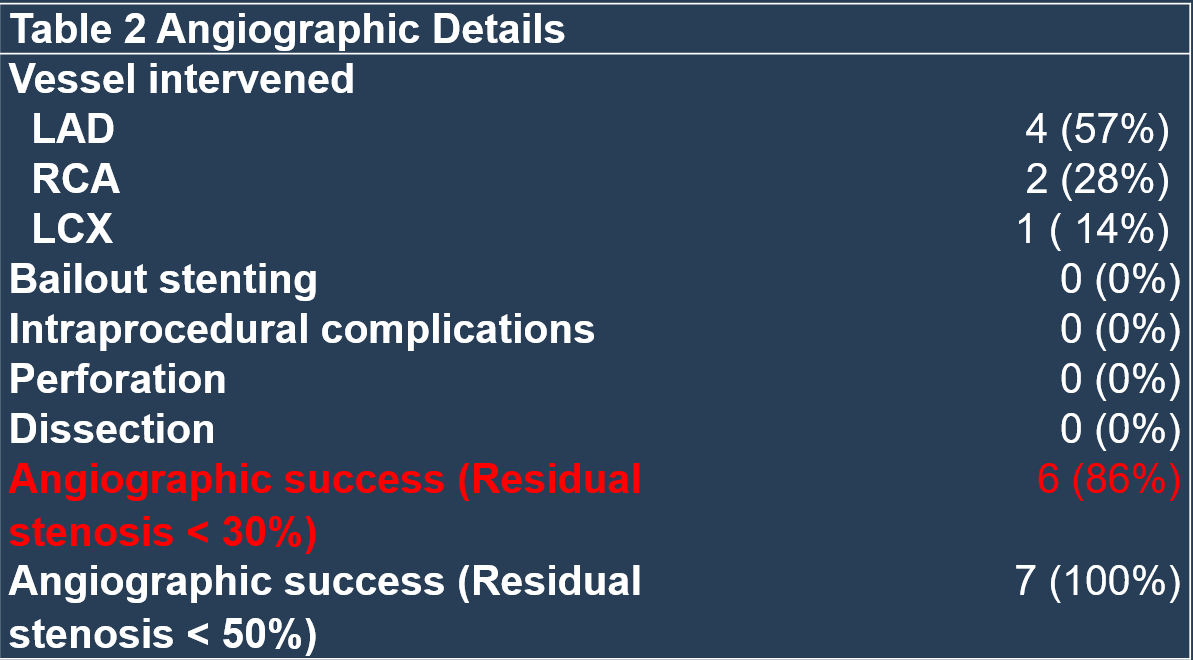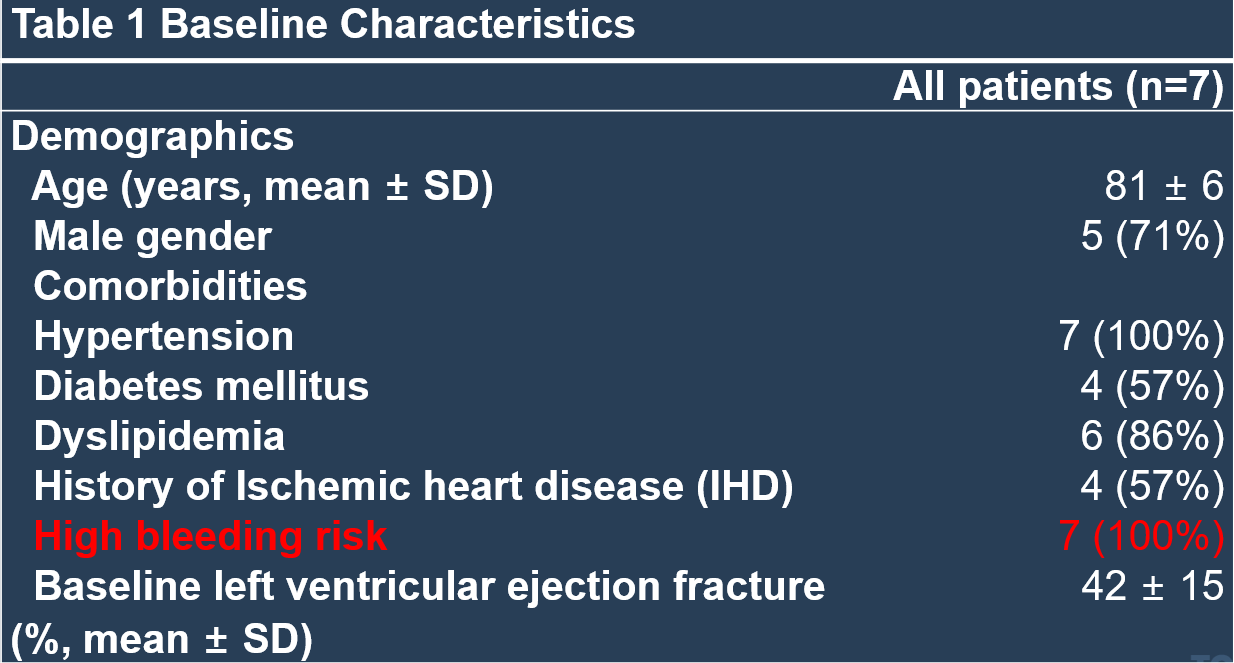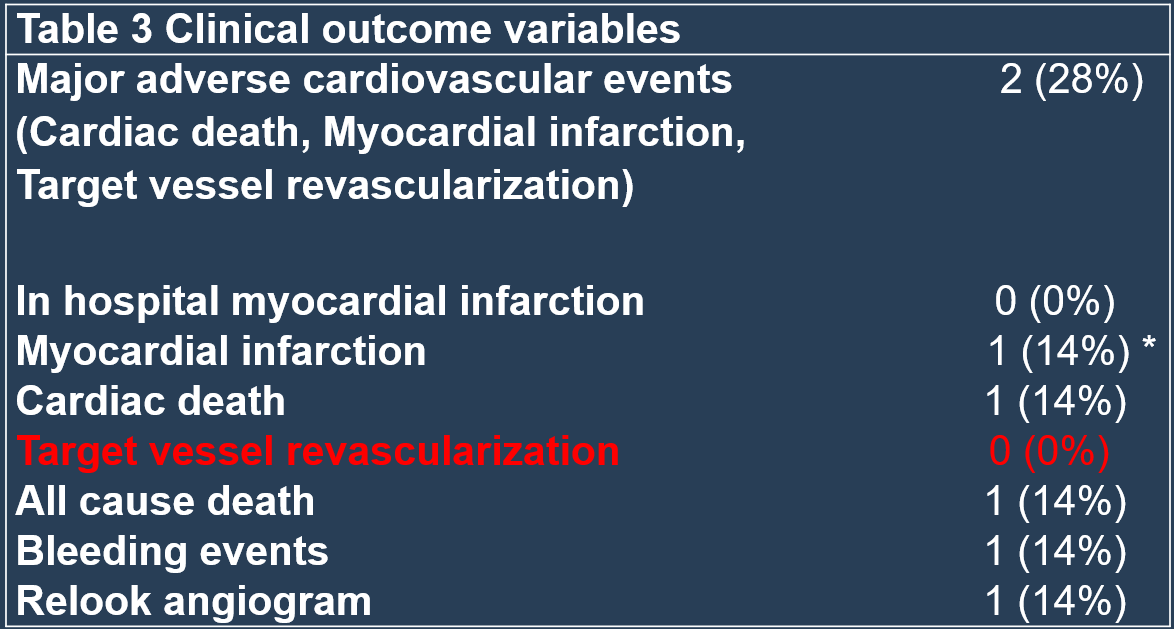Lots of interesting abstracts and cases were submitted for TCTAP 2022. Below are the accepted ones after a thorough review by our official reviewers. Don’t miss the opportunity to expand your knowledge and interact with authors as well as virtual participants by sharing your opinion in the comment section!
TCTAP A-044
Novel Use of Shockwave Intravascular Lithotripsy With Drug Coated Balloon Angioplasty in De-novo Calcified Coronary Lesions
By Eran Wen Jun Sim, Ki Fung Cliff Li, Hee Hwa Ho
Presenter
Eran Wen Jun Sim
Authors
Eran Wen Jun Sim1, Ki Fung Cliff Li1, Hee Hwa Ho1
Affiliation
Tan Tock Seng Hospital, Singapore1
View Study Report
TCTAP A-044
Drug-Eluting Balloons
Novel Use of Shockwave Intravascular Lithotripsy With Drug Coated Balloon Angioplasty in De-novo Calcified Coronary Lesions
Eran Wen Jun Sim1, Ki Fung Cliff Li1, Hee Hwa Ho1
Tan Tock Seng Hospital, Singapore1
Background
Background: Calcified coronary artery lesions pose challenges to device delivery and procedural success in percutaneous coronary intervention (PCI). With increasing burden of coronary artery calcification, lesion modification and optimization is of utmost importance. Shockwaveintravascular lithotripsy (IVL) is a new technology that utilizes pulsatile ultrasound waves and mechanical energy to disrupt calcified coronary lesions. Drug-coated balloon(DCB) angioplasty is a feasible treatment option in PCI with an attractive strategy of leaving nothing behind. There is limited data on the outcomes of a novel combination of IVL and DCB angioplasty for treatment of calcified coronary arteries. We hereby present our short-term clinical outcomes.
Methods
Methods: We retrospectively reviewed all patients treated with IVL and DCB angioplasty during PCI for de-novo calcific coronary lesions between September 2019 to March 2021.
Results
Results: A total of 7 patients underwent IVL and DCB-only PCI (71% male, mean age 81). Indications for PCI include acute coronary syndrome (72%), heart failure (14%) and angina (14%). Mean baseline left ventricular ejection fraction was 42 + 15%. Angiographic success (<30%residual stenosis) occurred in 6 patients (86%), while 1 patient had residual 50% stenosis. No major intraprocedural complications were recorded. Major adverse cardiac event (Cardiac death, myocardial infarction, target vessel revascularization) occurred in 2 patients (28%). One of whom died from end stage heart failure at 7 months while the other had a myocardial infarction involving a different vessel from index PCI at 6 months. No cases of target vessel revascularization and lesion thrombosis were reported.






Conclusion
Conclusion: Our preliminary experience shows that novel use of IVL and DCB-only angioplasty for treatment of calcified coronary arteries is safe and feasible with low event rate (intra-procedure and follow-up). However, more data are required to establish the long-term safety and efficacy of this novel “all-balloon” approach.


